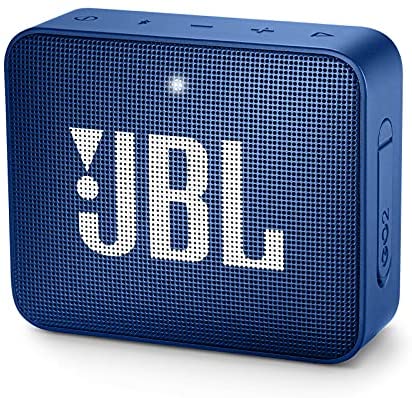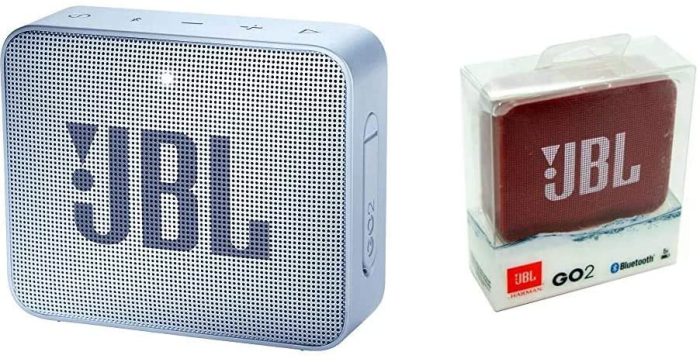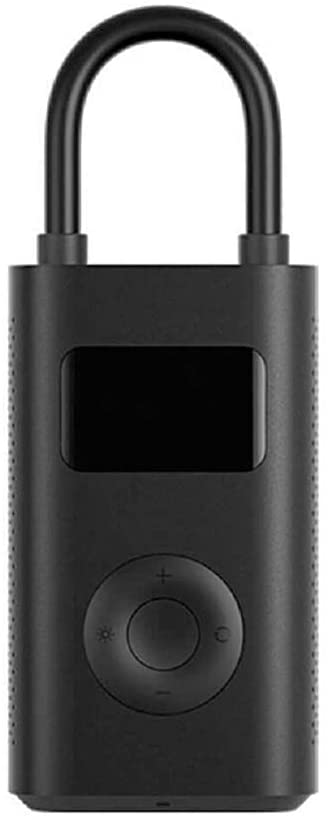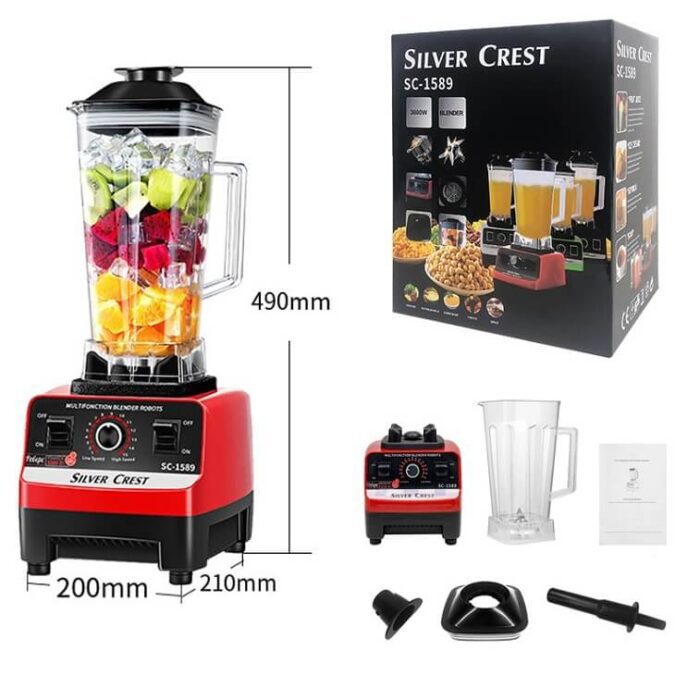Description
Robot vacuum cleaners look unusual, but they can relieve us of some boring apartment cleaning duties. It cleans the house according to the schedule, builds a map of the premises with the help of sensors and returns to the charging station itself. While you are at work, the robot remains in charge. But how good is it? Let’s look at the example of the Mi Robot Vacuum-Mop 2 Pro today. It costs about $390.
Not that long ago Xioami revealed four models of new generation robot vacuum cleaners with wet cleaning function: the Mi Robot Vacuum-Mop 2 Ultra, the Vacuum-Mop 2, the Vacuum-Mop 2 Pro and the Vacuum-Mop 2 Lite. Today we have Mop 2 Pro on review. It has a suction power of 3000 Pa (43% more than the previous generation), a powerful 5200 mAh battery, an increased capacity dust collector and dry and wet cleaning.
Equipment and appearance
Unlike most vacuum cleaners from the Xiaomi family, the new model has a good set. Everything is packed in a large white box, which looks very presentable and is suitable as a gift.
The box cleaner includes a charging dock, a wet cleaning cloth with a microfiber cloth, a spare side brush, documentation, a brush for cleaning the robot and a warranty card. Sadly, there’s no spare HEPA filter to the package.
The Mi Robot Vacuum-Mop 2 Pro model, like most lidar vacuum cleaners from the Xiaomi family, is made in a traditional “tablet” form factor with a diameter of 350 mm in white. Lidar is responsible for navigation, an interference detection sensor is located on the front of the mechanical bumper, and the charging contacts are visible from behind. The robot uses an updated Laser Distance sensor (LDS), which rotates 360°.
The height of the case is about 9.5 cm from the floor. There are two mechanical buttons on the case: start/pause and forced return to the charging base. The dust collector is located under the top cover. Filtration system based on a HEPA filter.
It has 6 sensors installed on the bottom to protect it from falling from a height, although it has 19 sensor groups in total. There is also a place for attaching a module with a rag, two wheels with independent suspension, one side brush (by the way, the brush block itself is floating, which allows you to better adjust to the floor relief), height difference sensors, a rotary wheel and a turbo brush. The charging contacts are located at the back.
The water tank (250 ml) is attached from the bottom of the housing. The new model is equipped with high-frequency sound vibration technology – the vibration frequency during wet cleaning is 10,000 vibrations per minute, during wet cleaning the vacuum cleaner wipes the surface from left to right – such a Y-shaped route simulates manual cleaning, which improves the final result. It is also equipped with an upgraded battery with a 5200 mAh lithium-ion battery, which, according to the manufacturer, will provide up to 3 hours of continuous cleaning (depending on the selected operating mode).
Dimensions of the vacuum cleaner are 94×350×350 mm, the weight is 3.6 kg.
| Battery | 5200mAh Li-Ion Battery |
| Power | 3000 Pa |
| Battery life | 180 min |
| Dust Collector | 450 ml |
| Water Tank | 250 ml |
| Passability of obstacles | up to 20 mm |
| Sizes | 94×350×350 mm |
| Functions | Automatic charging Automatic continuation of cleaning Google Assistant and Alexa Room recognition Configuring a Virtual zone Cleaning of individual plots |
Functionality and controls
The robot vacuum cleaner can be controlled through the proprietary Mi Home application.
The Mi Home smartphone app is fully functional, it allows you to remotely turn on the device, control the vacuum cleaner, change cleaning modes, set a schedule and view the generated map of your environment and the paths along which the vacuum cleaner passes. For even more convenience, it supports Alexa and Google Assistant.
On YouTube, many people talked about the fact that a docking station needs at least half a meter on each side. And I was a little worried about this, but in vain, as it turned out, the Xiaomi Mi Robot Vacuum-Mop 2 Pro parks very neatly. Sometimes it can’t accurately match the contacts, but this was extremely rare.
Separately, I will note the two separate tanks for wet and dry cleaning, for daily cleaning you can use a dry tank, and every 2-4 days you can use the tank for wet cleaning.
As I have already said, the vacuum cleaner is equipped with navigation based on a laser rangefinder and 19 groups of auxiliary sensors of different types. It has sensors for distance, height difference and physical contact. By the way, the robot detects height differences very well and simply does not move further, so you don’t have to worry about large steps. Thanks to such a set of tools and the presence of “smart” SLAM algorithms, the robot accurately determines the location in the room, and can also plot optimal routes of movement. As for small animals, it simply does not react to them, and they definitely do not prevent it from parking or building a map.
The app displays an interactive map of the room, where the user can set zones with limited movement, install virtual walls or direct the vacuum cleaner to a specific part of the room for local cleaning.
The robot accurately identified the features of our apartment. However, sometimes the Mi Robot Vacuum-Mop 2 Pro vacuum cleaner could not find the base. In this case, the owners of the device are advised to send it to the dock forcibly by pressing the appropriate button on the case or in the app. If such errors begin to recur, it is recommended to delete the room map from memory and restart scanning the surrounding space, but I did not need it.
Dry cleaning
There are three cleaning scenarios in the application – vacuum cleaner, vacuum cleaner and wet cleaning, wet cleaning. For the first two in the program, you can choose one of four operating modes:
- Silent. Minimal suction power and virtually silent operation, can be used, for example, in the evening.
- Standard. The best option for daily cleaning of hard floor coverings.
- Average. Increased power level, it is possible to vacuum carpets with short pile.
- Turbo. Maximum suction power for cleaning carpets or large amounts of garbage.
The model is equipped with one side brush and a central rotating turbo brush. The volume of the main dust collector is 0.45 liters, which is quite enough for cleaning at least two medium rooms.
The container can be easily removed and cleaned; you get a small brush for cleaning the HEPA filters. It is also very convenient to get out the hair and threads wound on the turbo brush and side brush.
The manufacturer strongly recommends not to put a wet filter inside the robot, just let it dry after each wash.
Wet cleaning
For wet cleaning, you need to use a special container with a 250 ml water tank. The design itself is implemented a little unsuccessfully, as it is inconvenient to pour liquid and wash the tank after wiping.
In the app, you can set the degree of wetting of the rag. The water supply is regulated electronically, when the vacuum cleaner stops, it automatically stops. There is no option to automatically determine the type of flooring in operation, therefore, in wet cleaning mode, it is recommended to first protect the places with carpets with virtual walls so that the vacuum cleaner does not move over them with a wet rag. By the way, about it. The manufacturer claims that it is made of antibacterial materials, which prevents the appearance of unpleasant odors, but in practice this is not the case. After each wet cleaning, it is better to wash and dry it by separating the rag from the water tank.
During the wiping process, the robot can move along a Y-shaped trajectory, simulating the movement of a mop with a rag. Theoretically, this should improve the quality of cleaning and ensure the removal of persistent contaminants. As practice shows, the vacuum cleaner cannot cope with heavy stains, so it makes no sense to compare the quality of its work with manual floor washing. It should be noted that during wet processing, the robot spends twice as much time wiping the floor as models moving along a rectilinear trajectory. In my opinion, this is a plus, at least I was more than satisfied with the quality of cleaning. This is a great option for daily maintenance of cleanliness.
The quality of cleaning on the laminate is high, the robot easily collects dust, leaving only a small part in the corners, because of its round shape. A little hair can be found on the central brush, but mainly all is collected in the dust collector. But the quality of wet cleaning is above average. The Mi Robot Vacuum-Mop 2 Pro is able to wipe simple dirt from the floor with almost no traces. In addition, the robot is able to vacuum and wipe the floor at the same time.
But the Mi Robot Vacuum-Mop 2 Pro is not capable of independently detecting carpets, driving around them during wet cleaning, or at least turning off the water supply on the carpet. Therefore, be sure to install restricted areas on carpets in wet cleaning mode. This can be done in the app in the Virtual Zones menu. The passability of obstacles in this model is good. The robot vacuum cleaner easily overcomes 2-centimeter obstacles. And another upgrade affected the work on black coatings. The robot vacuum cleaner is not afraid of dark spots and passes them without problems. After the cleaning is finished, the robot will go to the charging dock itself, notifying you with a loud notification and a message in the application.
As for the noise level of the robot vacuum cleaner in different modes, in quiet mode the noise level is about 60-62 dB (by the way, the manufacturer himself declared a value of 58 dB), in standard mode it can reach 64 dB, at average power the noise level reaches 65 dB, and in turbo mode the peak value was 67.1 dB. In any case, you won’t be able to sleep during its work, although it is not annoying at all. Another interesting feature is that it emits a loud and slightly funny sound of a locomotive horn at the beginning of a wet (only wet) cleaning.
The Mi Robot Vacuum-Mop 2 Pro vacuum cleaner is equipped with a 5200 mAh lithium-ion battery. This is enough for the autonomous operation of the device for 180 minutes, which is equivalent to cleaning a room with an area of approximately 200 м². The actual duration of cleaning depends on various criteria. It is influenced by the layout features, the amount of furniture and the density of its placement, the selected cleaning mode.













Reviews
There are no reviews yet.